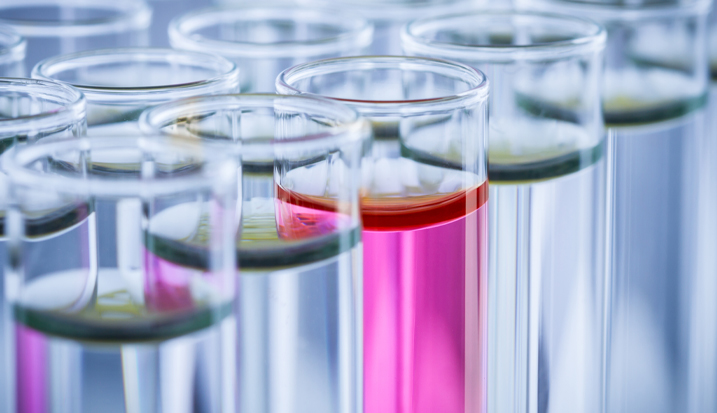Jalan Raya Jakarta Bogor KM. 37, Cilodong – Depok 16415
Telp. 021 – 2962 9393 / 021 – 2962 9394
Faks. 021 – 2962 9395
Email : info@aaslaboratory.com
Hotline :+62811-1939-330

Kebutuhan untuk menilai dampak kesehatan nyata dari paparan bahan kimia terhambat oleh kurangnya pemahaman kita tentang bahan kimia apa yang terpapar pada manusia dan sejauh mana paparan tersebut dapat menyebabkan dampak buruk terhadap kesehatan dalam jangka pendek (akut) atau jangka panjang (kronis).
Biomonitoring Manusia adalah pengukuran zat beracun dalam tubuh manusia. Tujuan dari Biomonitoring Manusia adalah untuk menentukan apakah Anda pernah terpapar zat beracun, berapa banyak zat beracun tersebut di dalam tubuh Anda, dan apakah jumlah zat beracun tersebut di dalam tubuh Anda cukup untuk menimbulkan dampak buruk bagi kesehatan. Zat beracun umumnya masuk ke dalam tubuh melalui salah satu dari tiga jalur: konsumsi, inhalasi, atau penetrasi kulit.
Jumlah zat yang tersedia untuk tindakan toksik bergantung pada sejumlah faktor. Dalam kebanyakan kasus, zat tersebut diserap sampai tingkat tertentu ke dalam aliran darah dan kemudian didistribusikan ke seluruh tubuh.
Pada titik ini, zat beracun memiliki tiga kemungkinan nasib: disimpan, dikeluarkan, atau dimetabolisme. Kebanyakan bahan kimia mengalami kombinasi ketiganya. Penyimpanan biasanya terjadi di reservoir seperti tulang atau jaringan adiposa. Ekskresi melibatkan penghapusan zat atau metabolitnya melalui urin, feses, air liur, keringat, atau pernafasan. Zat yang dimetabolisme seringkali diubah secara kimia untuk mempermudah ekskresi zat tersebut.
Waktu (sebelum atau sekarang), durasi, dan intensitas paparan terhadap zat tertentu akan menentukan pilihan jaringan manusia yang diambil sampelnya untuk memantau zat atau metabolitnya. Kebanyakan Biomonitoring Manusia melibatkan pengambilan sampel darah utuh atau serum dan urin pada manusia. Namun, hasil yang berarti telah dicapai dari pengambilan sampel air liur, feses, rambut, kuku, gigi, napas, dan keringat.